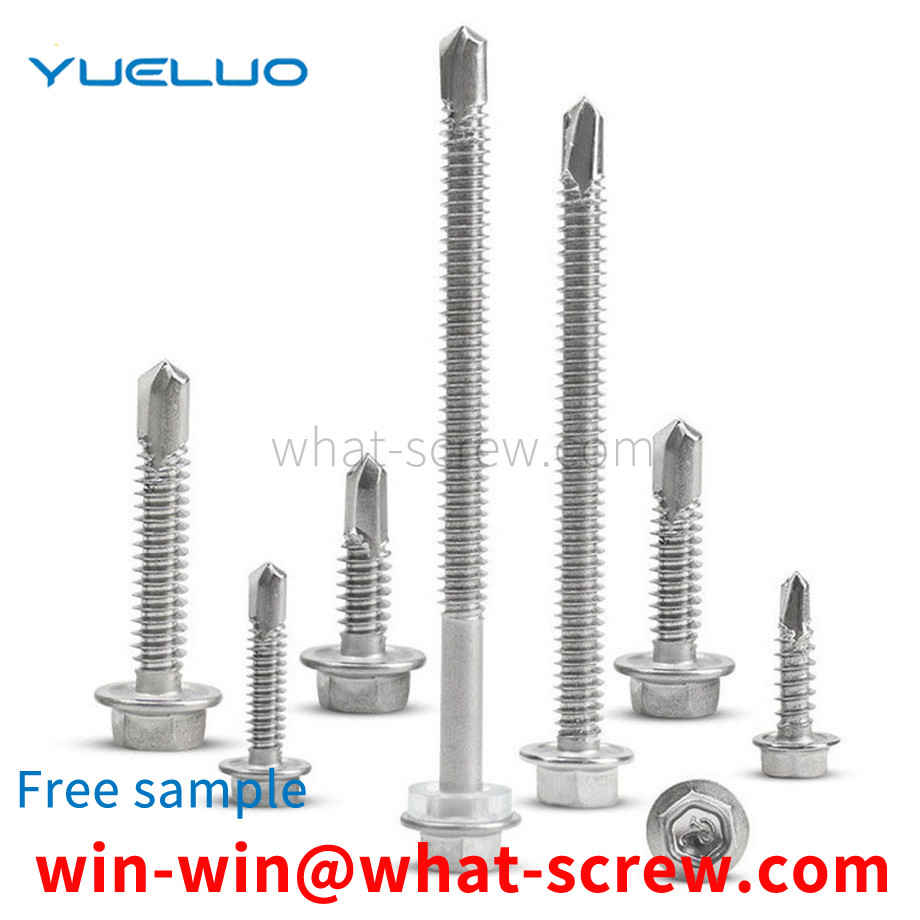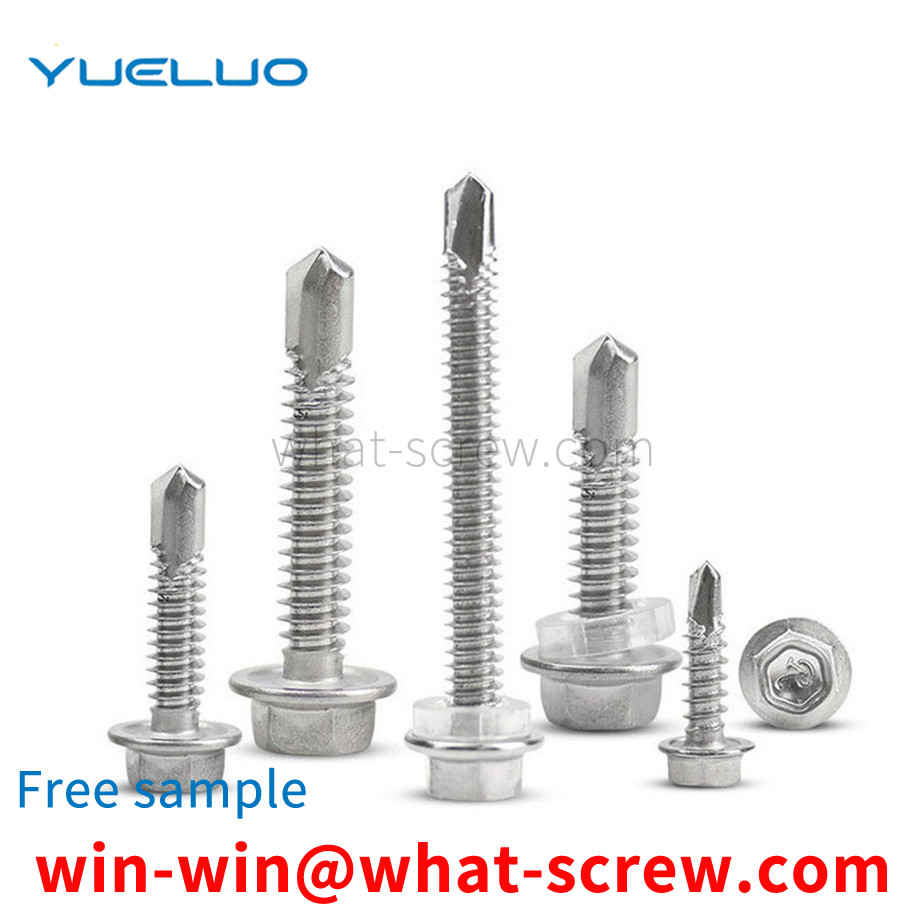When installing the ventilation duct, because the gap between the air duct and the wall and between the air duct and the air duct is deep and narrow, the arm cannot enter into it to operate, which brings about the installation of the screws and nuts at these positions. The following three methods are generally used: one is to directly break the wall for installation, but this method damages the building greatly, and cannot be used for the installation of screws and nuts in the gap between the air ducts; the other is to Set the inner flange in the air duct and connect it with bolts, which will reduce the effective cross-sectional area of the air duct and increase the resistance of the gas flow. Moreover, people need to enter the air duct for construction during installation. Considering the size of the air duct First, the supporting firmware with a high position and no force has certain hidden dangers; third, it is directly ignored and not done, but it is easy to cause the air duct connection is not tight and the air volume loss is large. The above-mentioned methods all have major construction defects, which not only waste a lot of manpower and time in the construction process, but also have the problem of low air supply efficiency.
Standards are norms, and each country and sector has its own standards. The most commonly used standards in our daily business are as follows: GB—China National Standard (National Standard) ANSI—American National Standard (American Standard) DIN—German National Standard (German Standard) ASME—American Society of Mechanical Engineers Standard JIS - Japanese National Standard (Japanese Standard) BSW - British National Standard GB - National Standard is one of many standards in my country, as well as industry standards, professional standards and department standards. National standards are divided into: GB (mandatory standards) and GB/T (recommended standards) and GBn (national internal standards) and so on. We usually see GB30, GB5783, etc. are mandatory standards. In addition to some basic dimensions such as head-to-side, head thickness, etc., the above standards are mainly different in the threaded part. The threads of GB, DIN, JIS, etc. are all in MM (millimeters), which are collectively referred to as metric threads. Another thread like ANSI, ASME, etc. is called American standard thread in inches. In addition to metric threads and American threads, there is also a BSW-imperial standard, whose threads are also in inches, commonly known as Wyeth threads.
The conventional auger bit structure 1 includes a rod body 11, a screw head 12 provided on one end of the rod body 11, a drill tail 13 provided on the other end of the rod body 11, and a plurality of threads 14 arranged around the rod body 11; Wherein, the periphery of the drill tail 13 defines a parting line 15, and the parting line 15 makes the drill tail 13 symmetrically divided into a side 131 and a side 132, and a cutting end 133 is formed at the junction of the end of the side 131 and the end of the side 132, respectively. The cutting end 133 is concavely provided with a quarter-turn chip flute 134 in the same direction of the helix, and the edge 132 continues the chip flute 134 and has a quarter-turn chip flute 135 with different helical curvatures. , by connecting the chip groove 134 and the chip groove 135 through different helical curvatures, the drill tail 13 can form a symmetrical and complete chip groove of 189 degrees.
1. Correctly select the product a. Before use, confirm whether the mechanical properties of the product can meet the needs of use, such as the tensile strength of the screw and the guaranteed load of the nut. The length of the screw should be selected appropriately, and the 1-2 pitch of the nut will be exposed after tightening. b. Before use, check whether the threads are rough, and whether there is iron filings or dirt between the threads, which often lead to locking. c. The fasteners can be lubricated before use. It is recommended to use butter, molybdenum disulfide, mica, graphite or talc for lubrication. Generally, dipping wax is used for lubrication and anti-locking. [1] 2. Pay attention to the use method when using it. a. The speed and force of screwing in should be appropriate, not too fast or too large. Use a torque wrench or socket wrench as much as possible, and avoid using an adjustable wrench or an electric wrench. Excessive speed will cause the temperature to rise rapidly and cause lock-up. b. In the direction of force, the nut must be screwed in perpendicular to the axis of the screw. c. The use of washers can effectively prevent the problem of over-tightening.
Screw refers to a screw, which is a tool that uses the physical and mathematical principles of the inclined plane, circular rotation and friction of an object to gradually fasten objects and parts. A screw is a common term for fasteners. Fasteners are widely used in machinery, electrical appliances and buildings. They are generally made of metal or plastic, cylindrical in shape, and grooves engraved on the surface are called threads.
We have many years of experience in the production and sales of screws, nuts, flat washers, etc. The main products are: pipe clamp screws, screw for lock connection furniture nuts, expansion end cap knurled implosion screws, claw nuts and other products, we can provide you with The right fastener solution for you.



















 Service Hotline
Service Hotline




